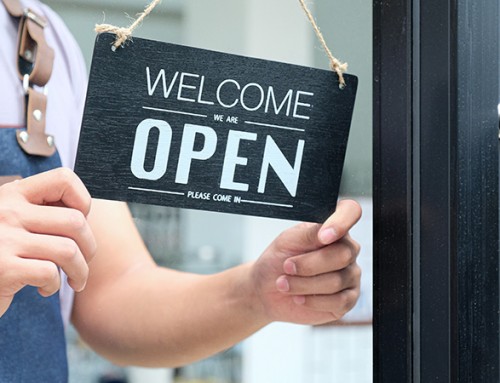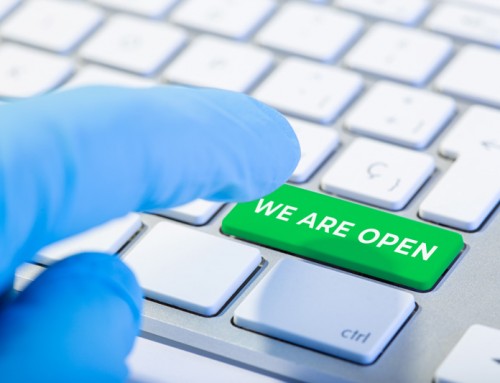 O – Observing the interaction of your customers and your team will yield some very interesting and important insights on how to best structure your customer service experience and environment.
O – Observing the interaction of your customers and your team will yield some very interesting and important insights on how to best structure your customer service experience and environment.
Do they browse? Do they ask a lot of questions? Do they know what they are looking for? Do they buy there and then? Do they buy on impulse or after careful consideration? Is the purchase process a lengthy one? How involved is your team in the purchasing process? How involved is your team in the post purchase experience? What do they buy? When do they buy?
These are all questions that you need to keep in mind as you watch how customers interact with your business.
There are a number of things you need to consider to make sure your observation gives you the information you need. These include:
- Whether you want to observe your customers, potential customers, and team in their natural environment or whether you want to create a situation to observe a behaviour;
- Whether to let the customer know that you are observing them or not;
- Whether you are looking for specific behaviours or a general insight;
- Whether you want to observe the behaviour directly or simply observe the outcomes; and
- Whether you will be observing as it happens or record it for review later.
Whatever you decide, you need to set some goals for the exercise, in other words, what is the purpose of the observation?
If you have a retail store or a place where customers go to physically then you can easily observe them as they move around. What patterns do they display? Have you designed the layout to expose customers to your products and any specials?
Stores in the US are great at this. I was there recently and most of the stores I went into had some form of direction that you had to follow to get back out. The path just happened to expose you to lots of products on your way out. You’ve probably experienced this yourself before and I’m not suggesting you have to trap customers in your store, however, by applying some of the logic from this approach you can design the environment for greater exposure rather than just filling spaces.
If your customers interact over the phone or online similar principles apply. Observe the flow of traffic through your communication channels. How many steps does a customer need to go through? How long does it take to serve a customer’s needs? How many channels do you have for your customers to interact through? Which ones are most popular? Are there any bottlenecks? What do you need to change or modify? Looking for answers to these questions will give you lots of ideas and things to tweak.
Making it as easy as possible for your customer to do business with you is extremely important, especially in a competitive market. The easier you make it the more likely your customer is to keep coming back, even if you’re not the cheapest option. Areas to look at include:
- Level of technical information in the sale versus the knowledge of the customer
- Number of product options available
- Knowledge of substitutes
- Queuing (if applicable – this is a whole science in itself!)
- Payment options
- Financing options (if applicable)
- Delivery options
- Paperwork
- Warranties and guarantees
- Post purchase service
Take some time out to observe your customers, your competitors, and your team and you’ll have a wealth of ideas to improve your customer experience even more!
Observing your competitors is another important step. ‘Mystery shop’ them. Send a friend to shop there and then report back on the experience. Go yourself if you know you won’t be recognized. At the end of the day, if a competitor is doing something better than you make sure you find out and do something about it!
There are some other ideas you can use to observe customers and team members interacting. Just watch an episode of ‘Undercover Boss’ for one option. Observe passively from a distance. Use your existing surveillance system to observe behaviours in your store or set up a camera system to observe what’s going on. Now some of you might not agree with such approaches and that is not something I am here to justify, however these are great ways to get a picture of what customers and teams do when they meet. Be an employee for a day. Hire a market research company to do some testing on your behalf. Hire a professional mystery shopper and get them to assess every access point a customer might have with your business.
Finally, some things to look out for – complaints, bottlenecks, delays, team frustrations, the number of steps required to achieve an outcome, compliments, efficiencies, differences between locations, differences between team members, attitudes towards products, attitudes towards the team, attitudes towards competitors in the marketplace. Don’t be afraid to ask a customer about the experience they’ve just had and observe their responses. Stand outside a store and watch people leaving. Happy or not, they’ll have some great information for you to take on board and use to make your customer experience the best out there.
In next week’s tip, I’ll cover the M – measuring the impact of your service delivery or ‘moments of truth’. In the meantime, start observing what’s really going on in and around your business!
Build massive momentum!





